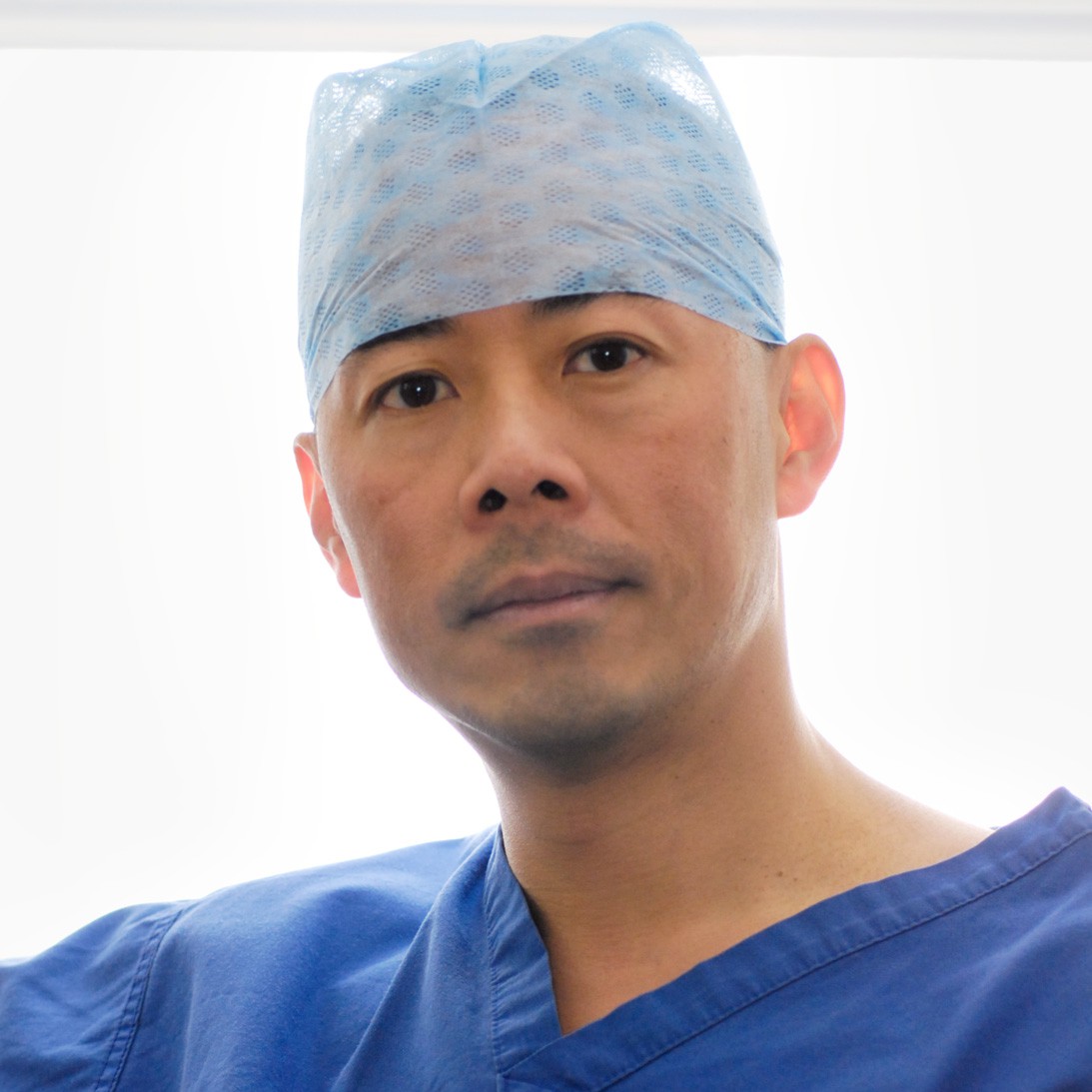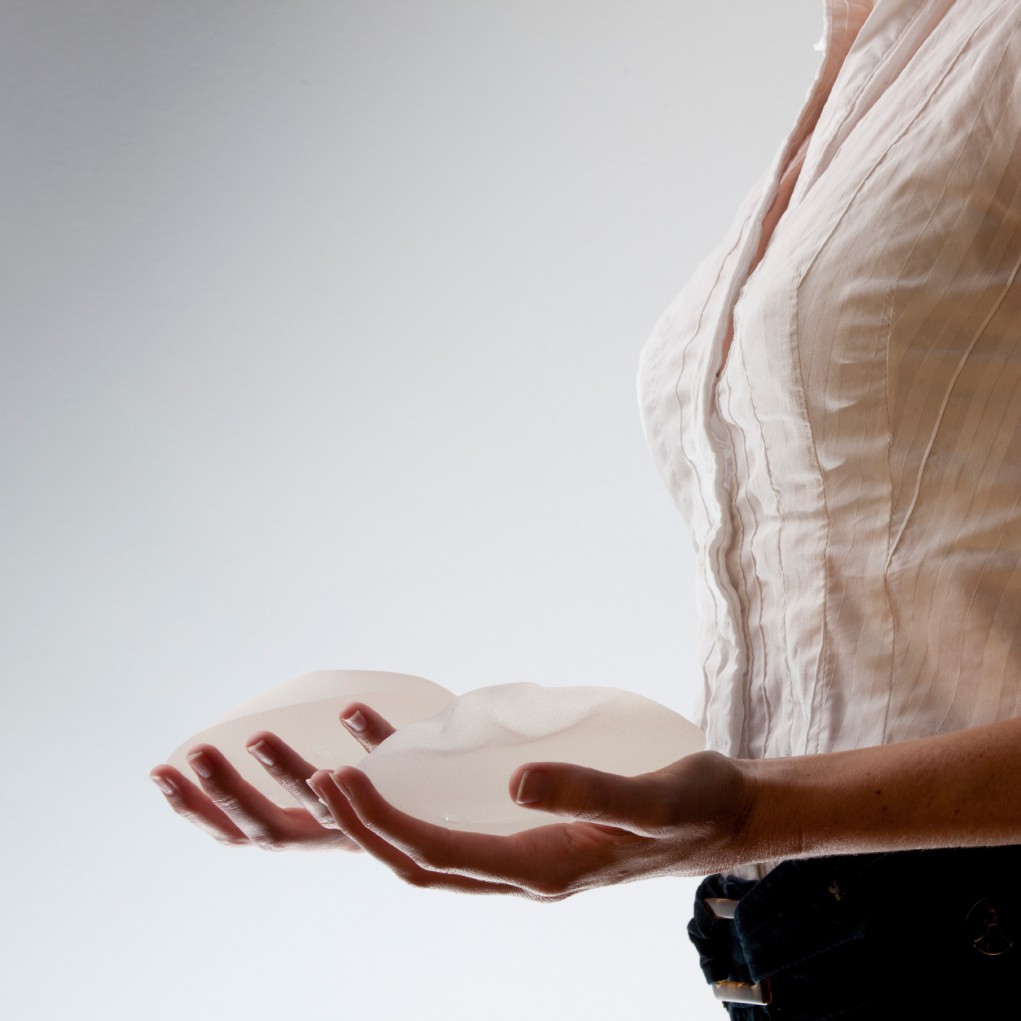
Corrective Breast Surgery

Usually, they are looking to make their breasts bigger with a breast enlargement or want to make them smaller and perkier, with a breast reduction accompanied with a breast uplift or mastopexy.
The characteristic features of this deformity are a narrow breast base associated with a large and herniated nipple-areola complex. The shape of the breast resembles more a ‘tube’ than a mound.
How are Tubular Breasts treated or corrected?
I have found that patients with Tubular Breast Deformity are often extremely self-conscious at the time of examination and must be handled with great sensitivity and patience. They are often relieved when informed that there is a specific diagnosis, and overjoyed when informed that effective treatment is possible.
The deformity is readily corrected surgically. Mild to moderate cases can be corrected in a single operation. The breast base is widened, volume is increased by insertion of a breast implant, and the nipple-areola area is corrected by a ‘doughnut’ mastopexy. The scars are confined to the areolar border, and therefore quite inconspicuous.
More severe cases where the skin is extremely tight require a two-stage reconstruction with a tissue expander.
The surgery is usually performed under general anaesthesia and often requires an overnight stay in hospital. However, correction of milder tubular deformities may be performed as day cases under local anaesthesia with intravenous sedation.
What types of implants are used?

Cohesive silicone gel implants are used in this procedure, which provide excellent shape with a very natural feel. Every case is approached on an individual basis and the implant and surgical technique will be chosen to suit each patient.
During your consultation, you will have chosen the size and shape of implant that best suits you, and your bra cup size after the operation will reflect this.
Are breast implants safe?
Many studies have been conducted to establish whether silicone breast implants cause certain diseases. As a result of these studies at present there is no evidence to suggest that silicone breast implants are harmful. More detailed information can be obtained from:
Silicone Gel Breast Implants Independent Review Group
Website: www.silicone-review.gov.uk

What are the risks and Long-term implications?
Every operation carries with it the risk of bleeding, infection and delayed healing, all of which may require urgent or early reoperation. In addition, there are risks that are specific to breast augmentation and correction of tuberous breast deformities. If the implants themselves become infected, they may have to be removed and not replaced until a much later date.
There may be loss of part or all of the nipples, though this is very rare. There may be loss of nipple sensitivity. There may be malposition of the implant or areas that require further ‘touch-up’ or revision procedures at a later stage.
In the longer term, the body forms a shell of collagen round the implant. This is normal. However, in a minority of women, this shell or ‘capsule’ can contract to deform the implant and consequently the breast may become round, hard and painful. The implant itself may leak or rupture. These conditions are not harmful, but further surgery may be required to remove the collagen capsule, or to replace the implants.
In some patients, the implants may be felt or may become perceptible through the substance of the breast tissue. If the implants have been placed under the pectoralis major muscles, they may also move whenever the muscles contract. These phenomena are not harmful, but may be disconcerting unless you have been made aware of them.
Future pregnancies and breast feeding may affect the size and shape of the breasts, and further surgery may again be required. Finally, future screening for breast cancer is still possible with breast implants in place, but do inform the person performing the mammograms.



